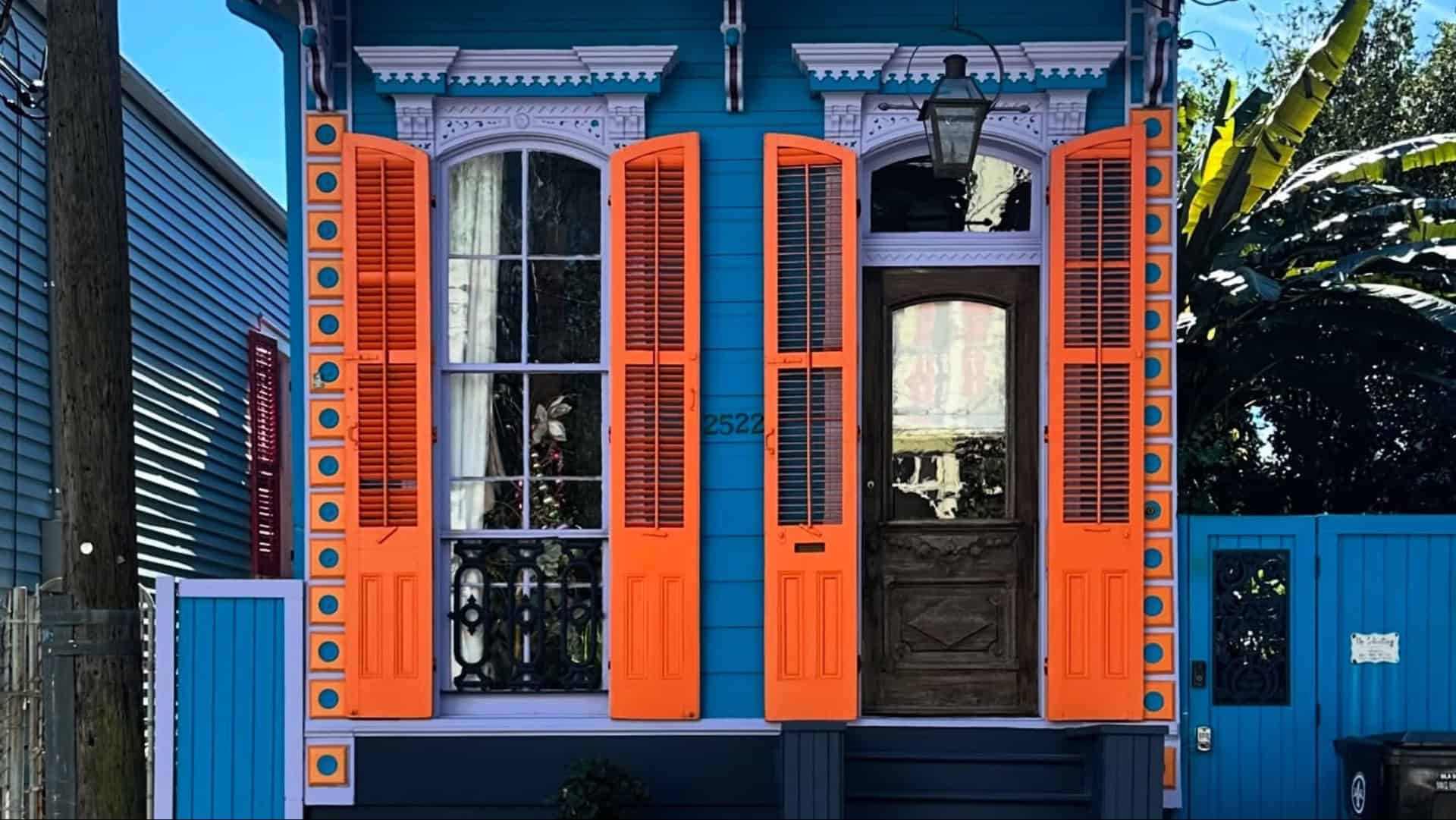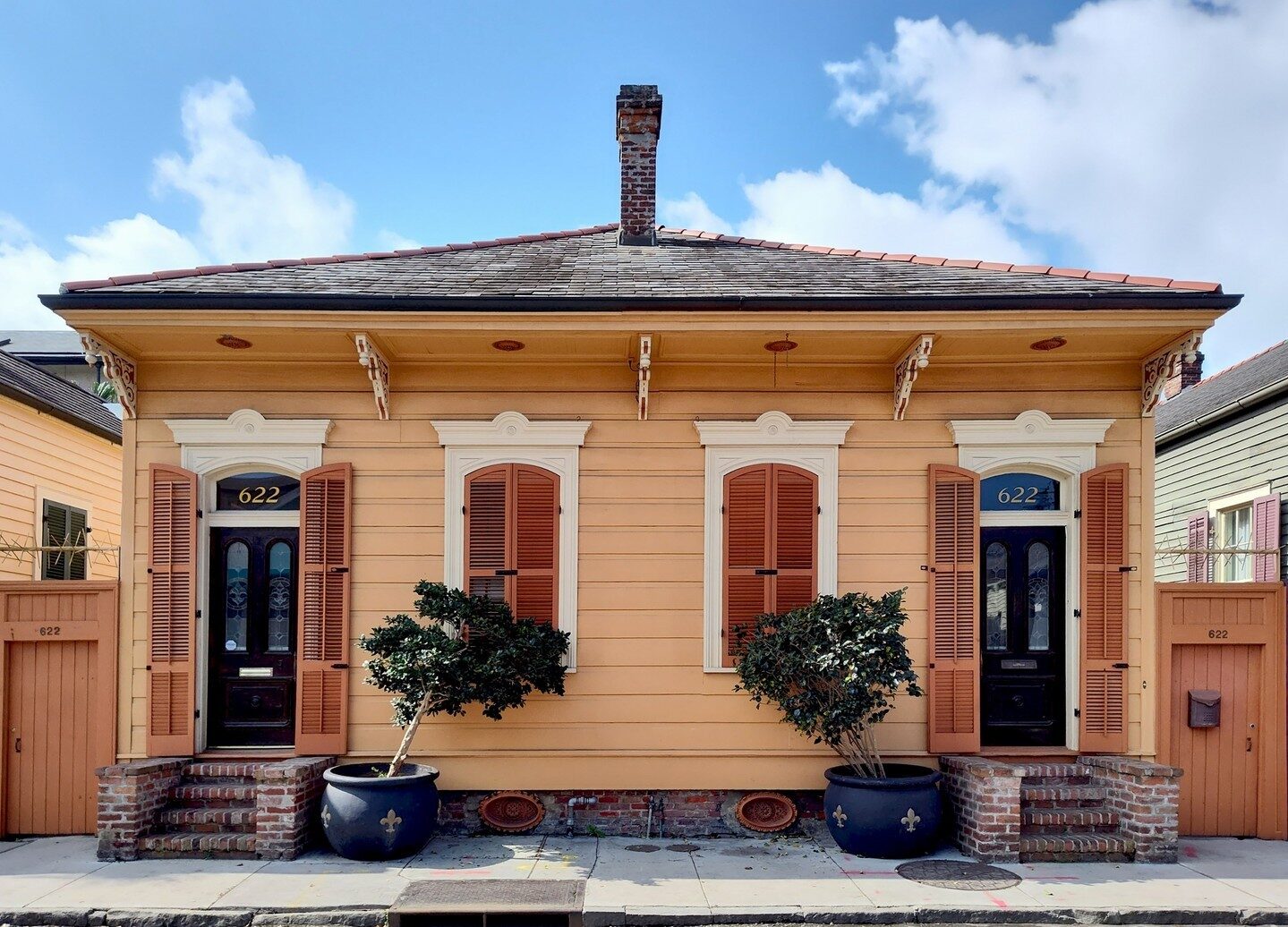Discover the unique charm of shotgun houses, a distinctive architectural style with a rich history and cultural significance.
These homes, often characterized by their narrow, rectangular shape, have captivated homeowners and historians alike.
From their origins to their modern-day appeal, explore 10 fascinating facts about this one-of-a-kind home style that stands out in the world of architecture!
1. Origin of the Name
The term “shotgun house” is believed to have originated in the Southern United States, particularly New Orleans.
These homes were named for their unique layout—a straight shot from the front door to the back door.
Legend has it, a shotgun blast fired through the front door would exit cleanly out the back. This compact, linear design maximizes airflow and efficiency.
Historians suggest the style was influenced by African and Haitian architectural traditions, reflecting cultural exchanges during the 19th century.
Today, they remain a symbol of Southern charm and ingenuity.
2. Architectural Features
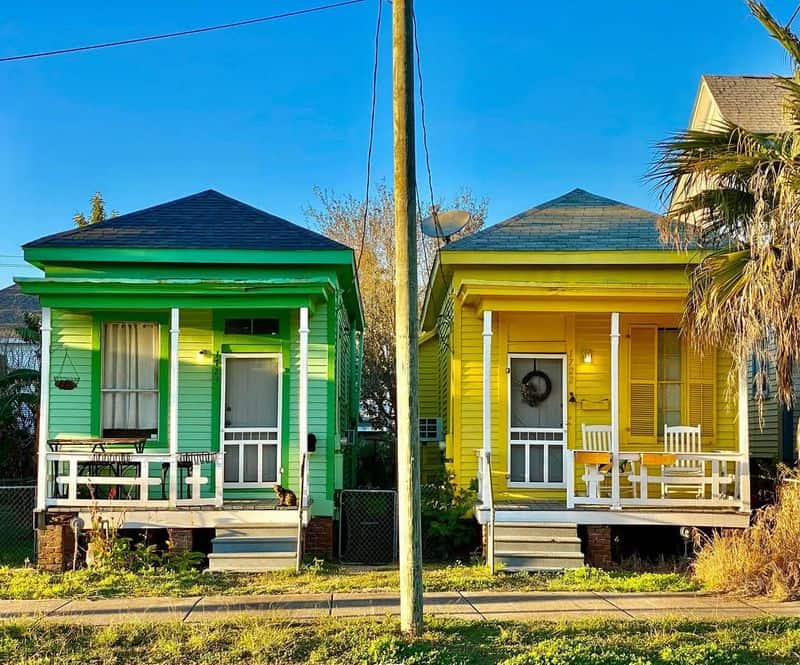
Shotgun houses are characterized by their narrow rectangular shape, typically no more than 12 feet wide.
These one-story homes often feature high ceilings and wood construction.
The layout consists of rooms arranged in a straight line, with no hallways, maximizing space in a modest footprint.
Large windows are common, allowing for natural light and ventilation. The architectural simplicity of shotgun houses makes them easy to construct, repair, and modify.
These features contribute to their enduring popularity, representing a practical yet aesthetically pleasing solution for urban living.
3. Cultural Significance
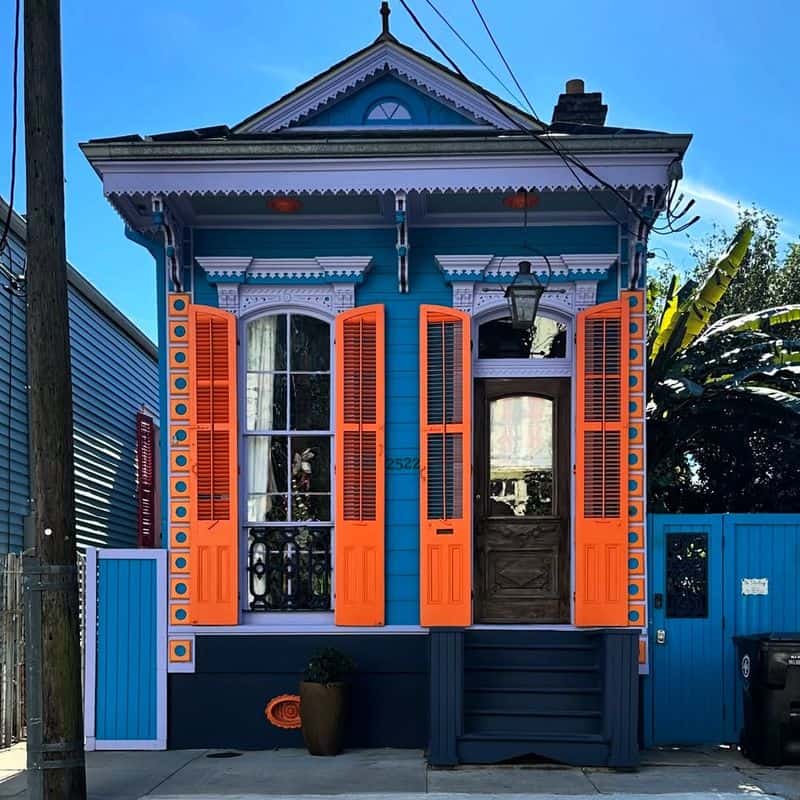
Shotgun houses hold significant cultural value, especially in African American communities.
They became prevalent after the Civil War, providing affordable housing for freed enslaved individuals and working-class families.
These homes reflect the resilience and resourcefulness of their inhabitants. Over time, shotgun houses became associated with tight-knit communities and cultural heritage.
Their simple design allowed for easy adaptation and personalization, fostering a sense of ownership and pride.
Today, they are celebrated for their historical importance, with many preserved as cultural landmarks and symbols of community identity.
4. Aesthetic Appeal
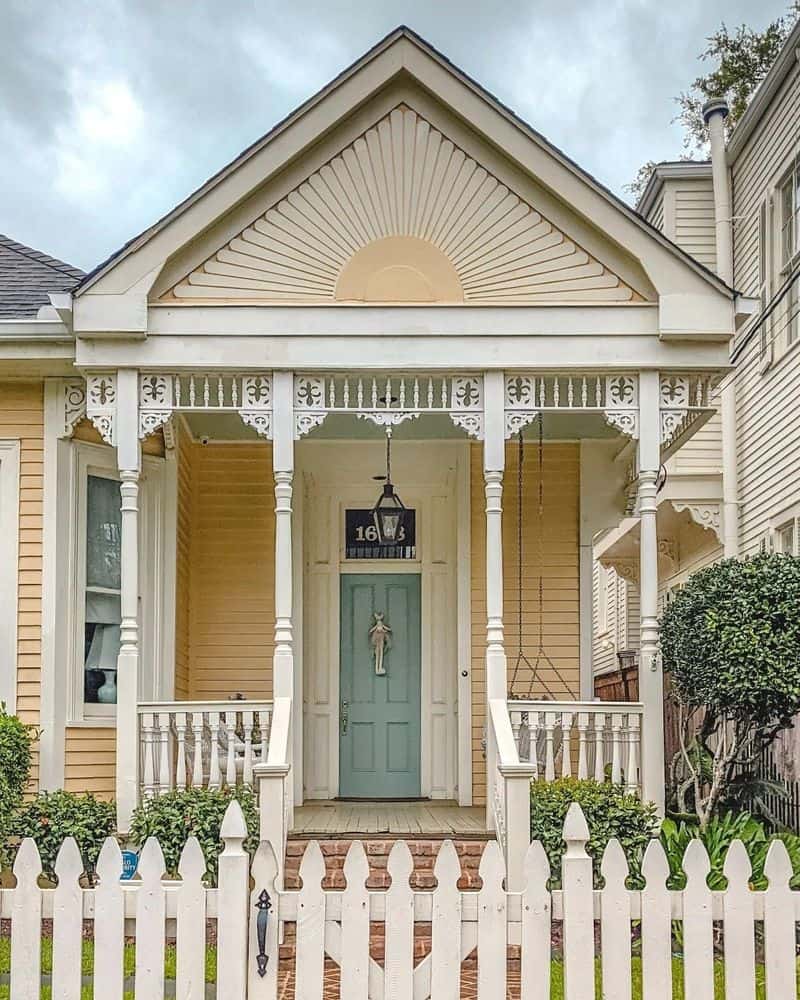
The aesthetic appeal of shotgun houses lies in their simplicity and adaptability. Often adorned with vibrant colors and intricate woodwork, these homes exude charm and individuality.
Front porches provide a welcoming space for social interaction, fostering a sense of community.
The compact design allows for creative landscaping, with gardens often enhancing their visual appeal.
Restorations preserve historical elements while incorporating modern amenities, making them attractive to contemporary homeowners.
This blend of old and new ensures shotgun houses remain a beloved architectural style, admired for both their beauty and functionality.
5. Environmental Efficiency
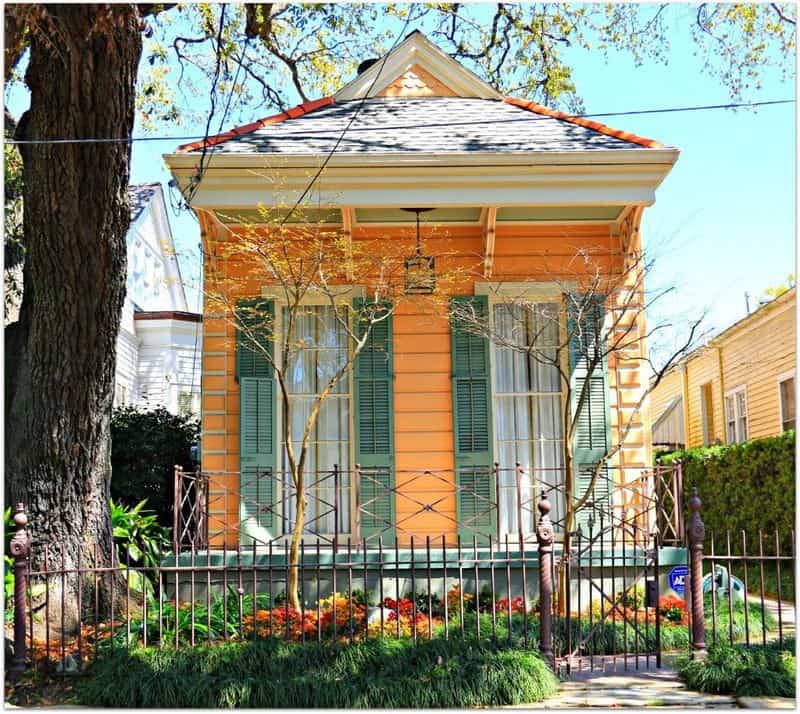
Shotgun houses are naturally energy efficient, designed for optimal airflow and natural cooling.
Their linear layout facilitates ventilation, reducing the need for artificial cooling in warm climates. High ceilings and large windows further enhance this ventilation.
Many homeowners are now integrating modern green technologies, such as solar panels and energy-efficient appliances, into these classic designs.
This combination of traditional architecture and contemporary sustainability practices makes shotgun houses a model for eco-friendly living.
Their design not only preserves history but also promotes a sustainable future.
6. Historical Preservation

The preservation of shotgun houses is crucial in maintaining architectural heritage.
Many cities, particularly in the Southern U.S., have recognized their historical value, implementing measures to restore and protect these homes.
Preservation efforts focus on maintaining original features while allowing for necessary modern upgrades.
This balance ensures the survival of these iconic structures, which serve as tangible links to cultural and historical narratives.
Community initiatives often support these efforts, emphasizing the role of shotgun houses in local identity.
Their preservation is celebrated through tours, museums, and educational programs, underscoring their lasting legacy.
7. Urban Development Influence
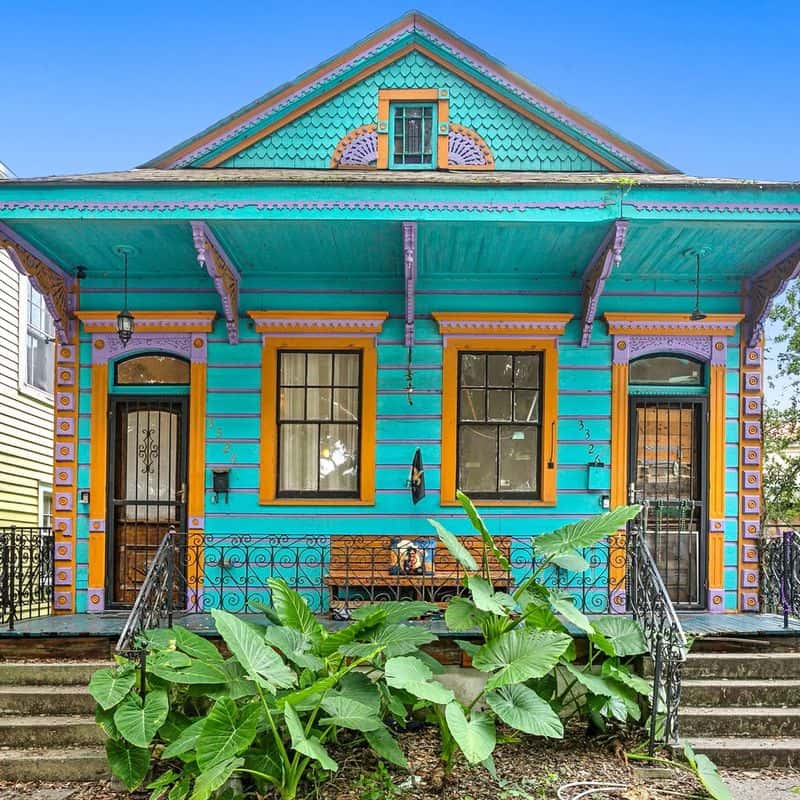
Shotgun houses have significantly influenced urban development, particularly in the Southern United States.
Their compact design allows for high-density living, making them suitable for urban environments.
As cities expand, shotgun houses offer a model for efficient land use and community-oriented developments.
They have inspired modern architectural trends that emphasize sustainable and compact living solutions.
Many urban planners appreciate their adaptability, integrating them into new developments to retain historical character while accommodating growth.
This integration showcases the balance between preserving heritage and embracing modern urban needs.
8. Renovation Trends
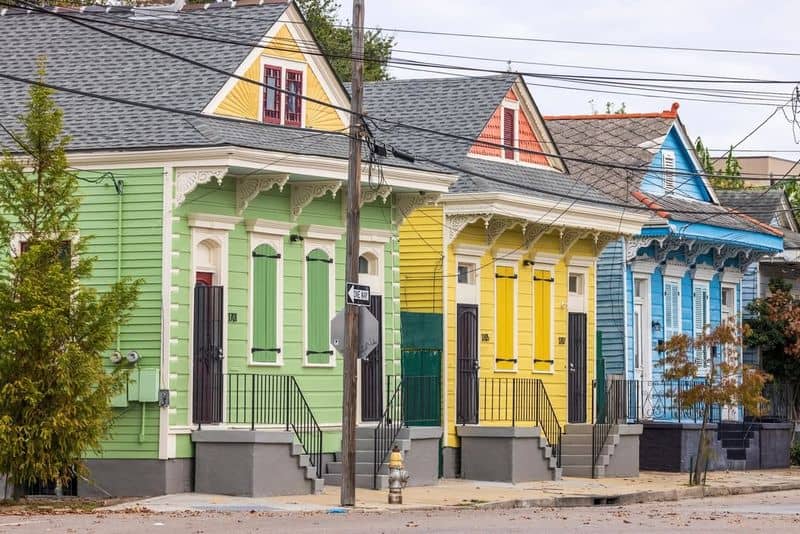
Renovating shotgun houses has become a popular trend, breathing new life into these historic structures.
Modern renovations often focus on enhancing functionality while preserving original features.
Open-plan designs, updated kitchens, and modern bathrooms are common improvements.
These renovations respect the home’s historical integrity, maintaining its charm and character.
The trend reflects a broader appreciation for vintage architecture, coupled with a desire for modern amenities.
Homeowners are drawn to the unique blend of history and contemporary living that renovated shotgun houses offer, making them highly sought-after in the real estate market.
9. Social Impact
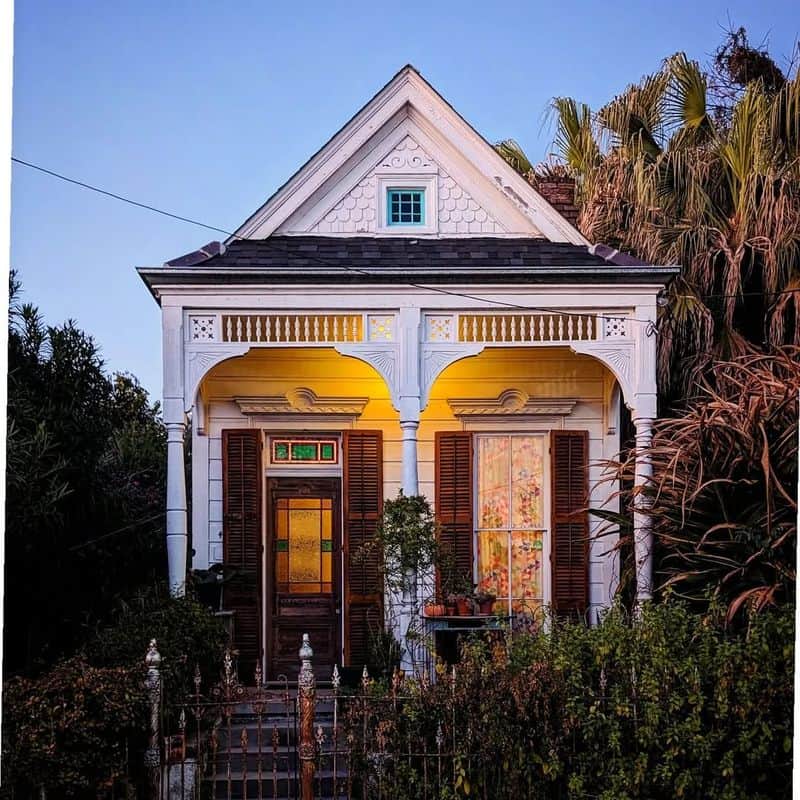
Shotgun houses have made a lasting social impact, fostering community bonds and social interaction.
Their design encourages neighborly connections, with front porches serving as communal spaces.
Historically, these homes have been at the heart of vibrant communities, hosting social gatherings and fostering a sense of belonging.
This legacy continues today, with many neighborhoods preserving their cultural fabric through these homes.
The social atmosphere they create contributes to their enduring appeal, highlighting the role of architecture in shaping human connections and enhancing community life.
10. Global Influence
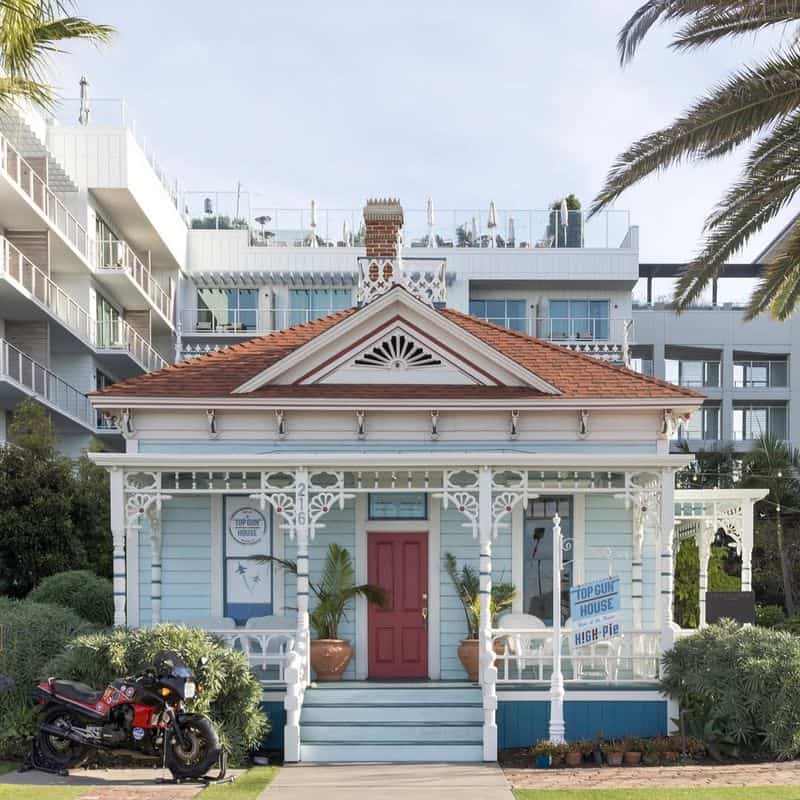
The influence of shotgun houses extends beyond the United States, inspiring architectural styles worldwide.
Their efficient design has been adapted in various cultural contexts, integrating local materials and aesthetics.
In places with similar climates, the shotgun style offers practical solutions for ventilation and space management.
This global adaptation reflects the versatility and timeless appeal of the design.
Architects and builders continue to draw inspiration from shotgun houses, incorporating their principles into modern projects around the world.
Their international presence underscores the universal relevance of efficient and community-focused architecture.

